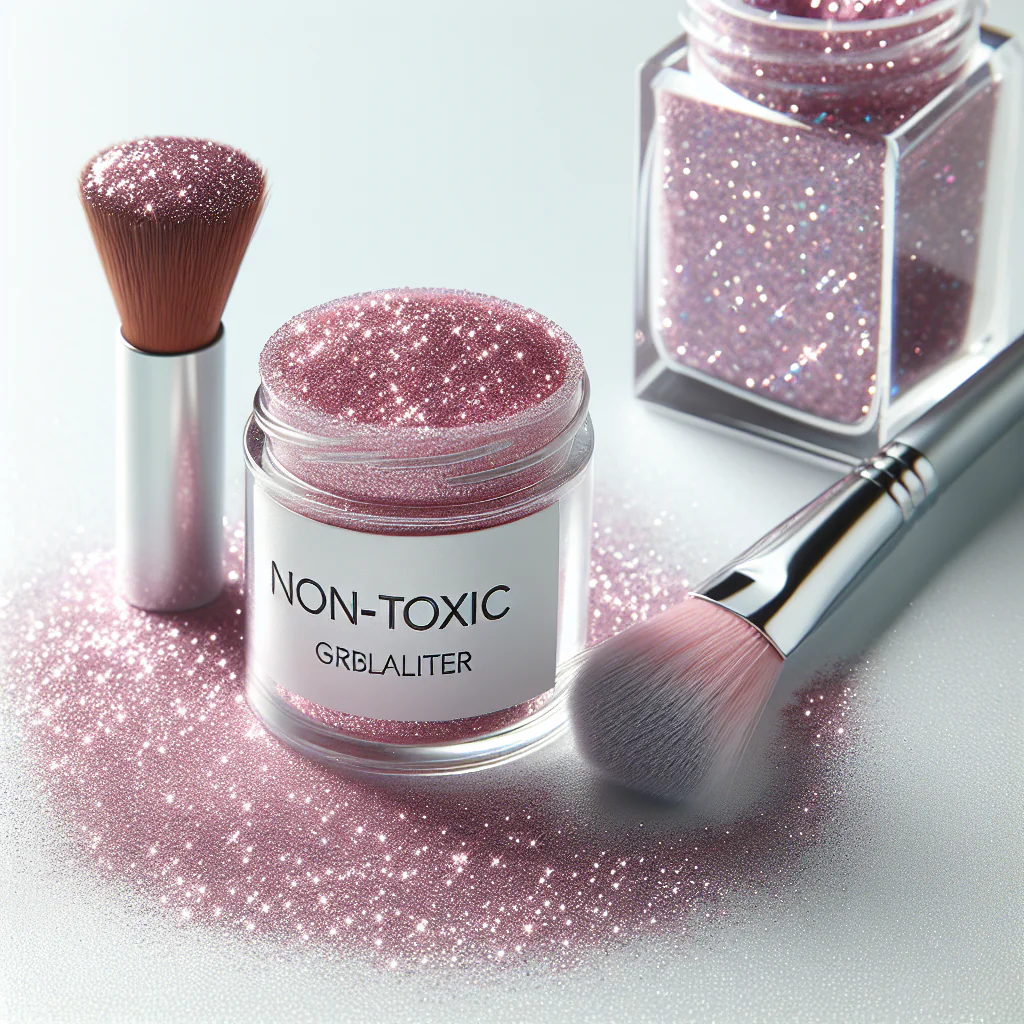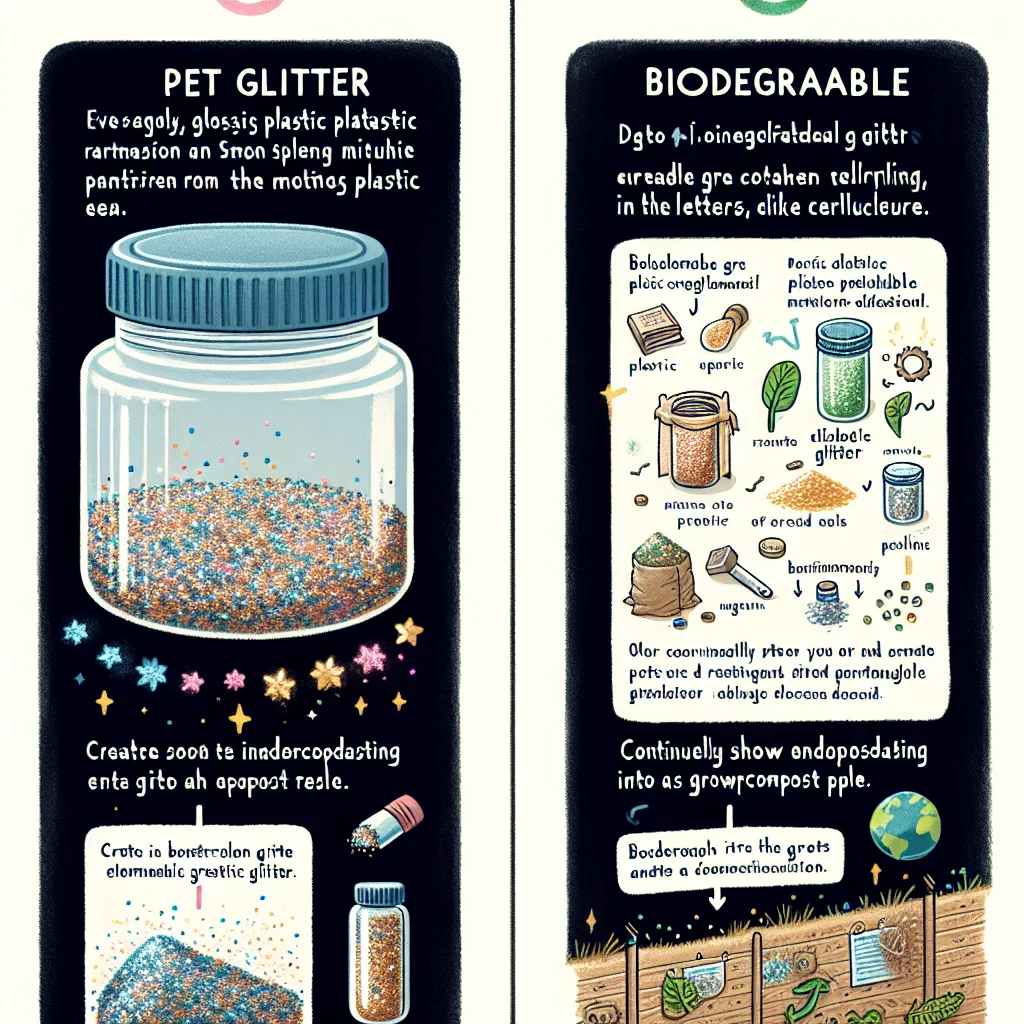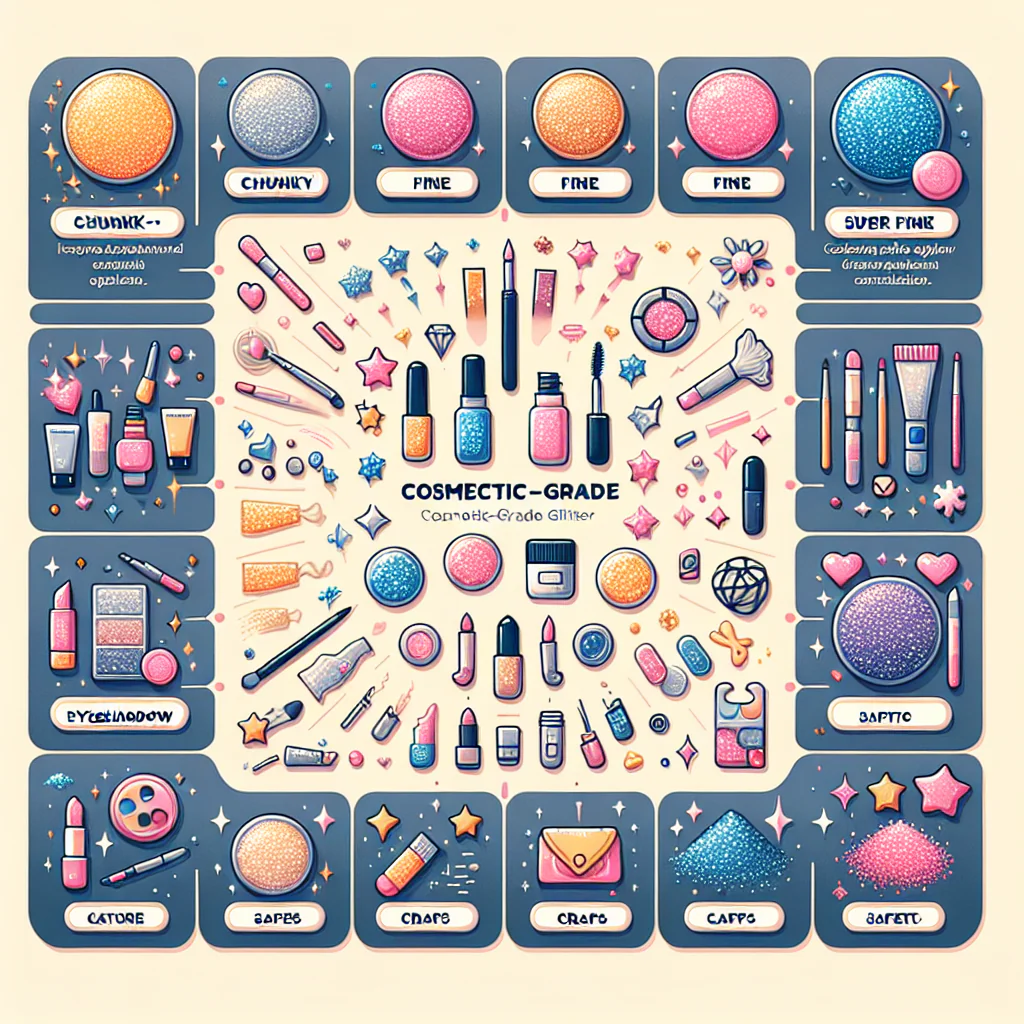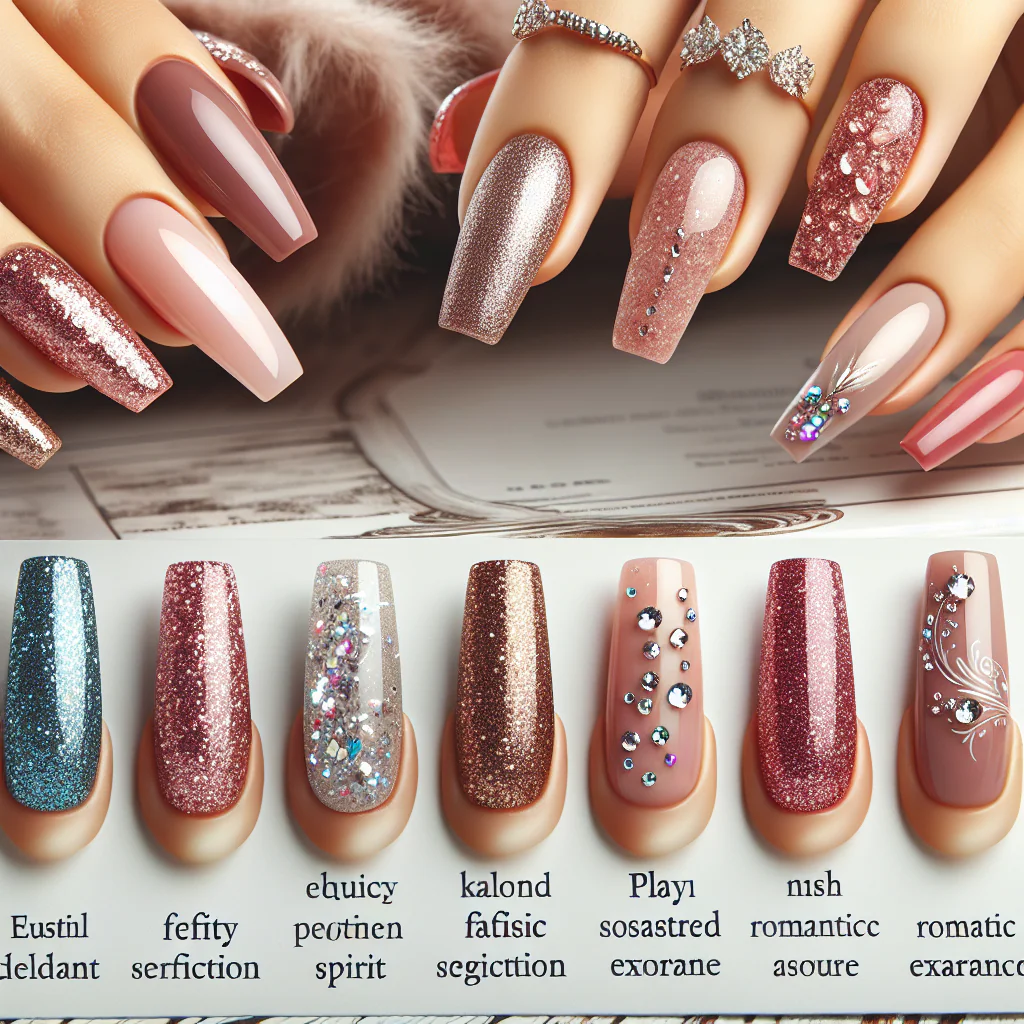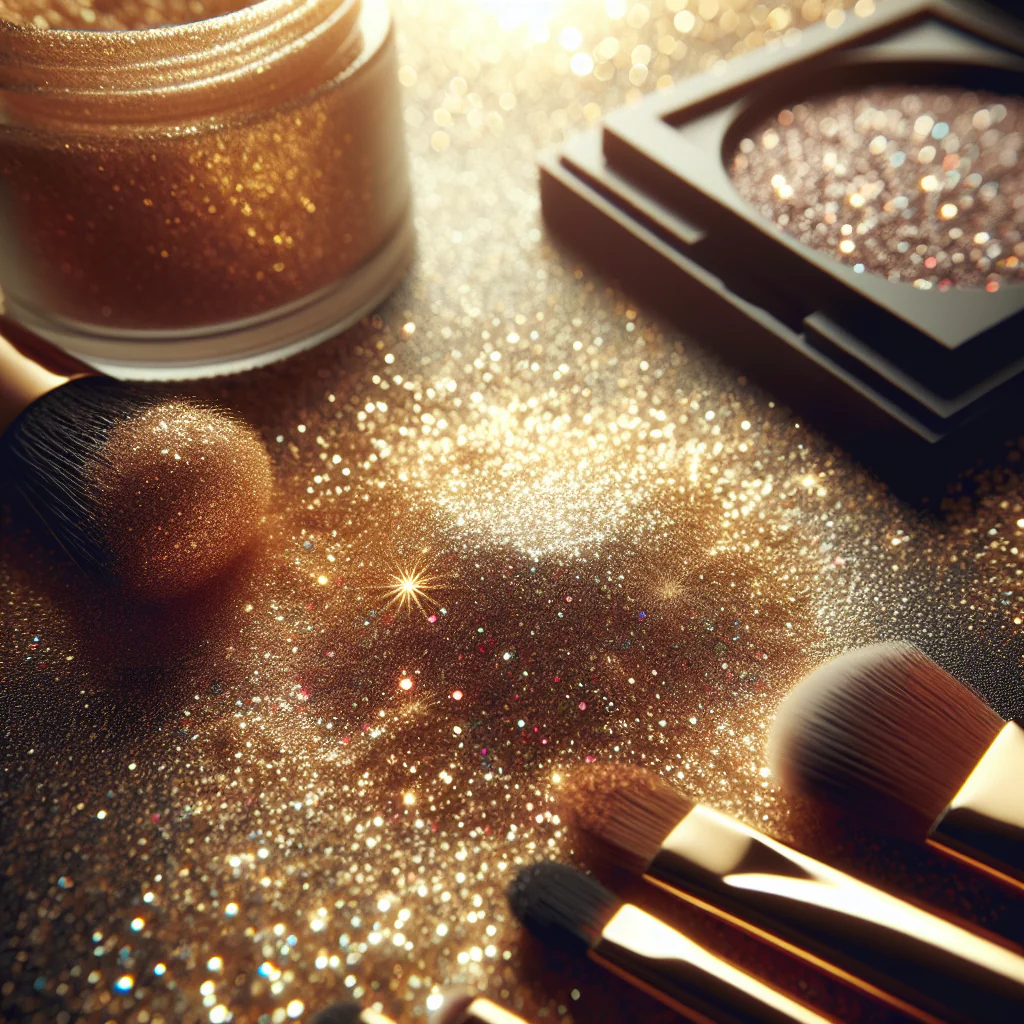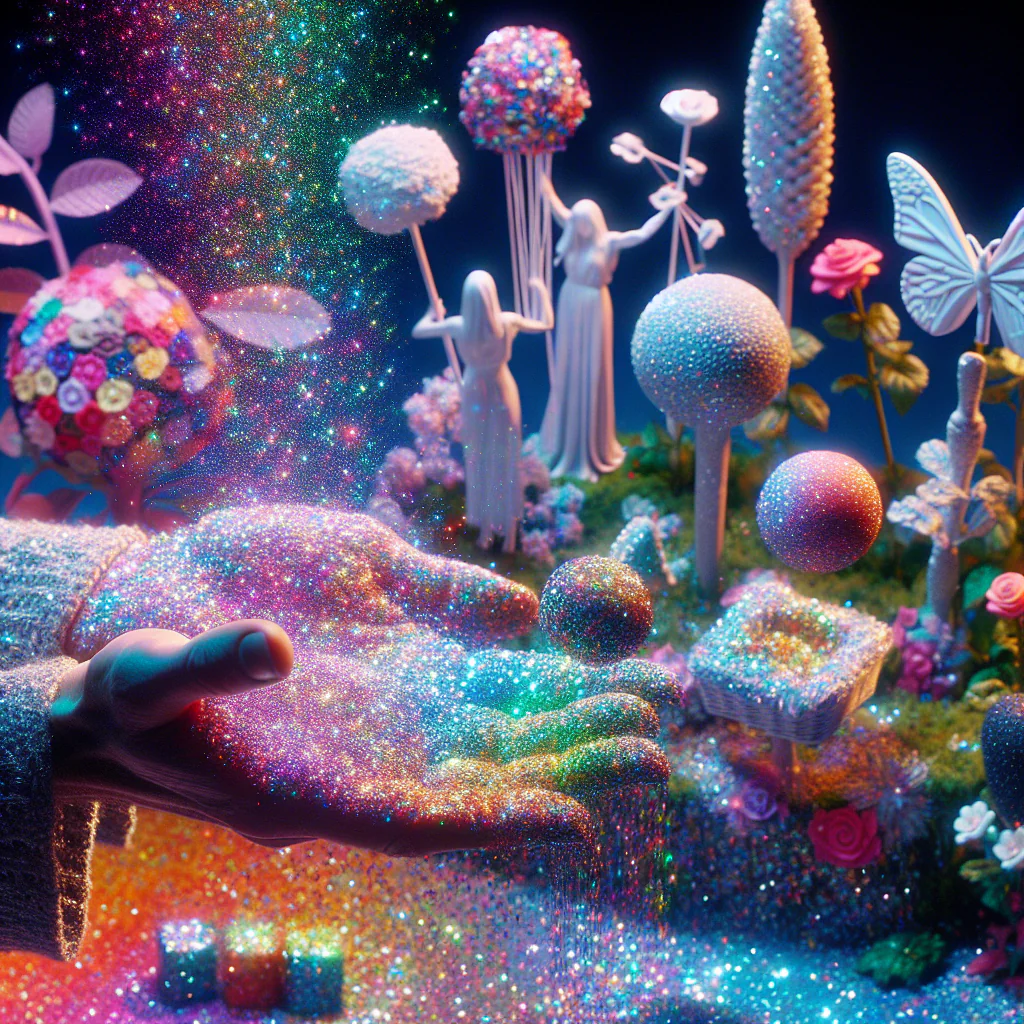-
Table of Contents
“PET Glitter: Sparkle that lasts; Biodegradable Glitter: Shine that returns to nature.”
Introduction
PET glitter and biodegradable glitter differ primarily in their composition and environmental impact. PET glitter is made from polyethylene terephthalate, a type of plastic that is non-biodegradable and can persist in the environment for hundreds of years. In contrast, biodegradable glitter is typically made from plant-based materials, such as cellulose, which can break down naturally over time. While PET glitter offers durability and a wide range of colors, it contributes to plastic pollution, whereas biodegradable glitter provides a more eco-friendly alternative that minimizes environmental harm.
Environmental Impact of PET Glitter vs. Biodegradable Glitter
The environmental impact of glitter has garnered increasing attention in recent years, particularly as consumers and manufacturers alike seek to understand the implications of their choices on the planet. Among the various types of glitter available, PET glitter and biodegradable glitter stand out as two prominent options, each with distinct characteristics and environmental consequences. To comprehend the differences between these two types of glitter, it is essential to examine their composition, degradation processes, and overall ecological footprint.
PET glitter, made from polyethylene terephthalate, is a type of plastic glitter that is widely used in various applications, from cosmetics to crafts. While PET glitter is known for its vibrant colors and durability, its environmental impact is significant. When PET glitter is discarded, it can contribute to the growing problem of plastic pollution. As it is not biodegradable, PET glitter can persist in the environment for hundreds of years, breaking down into microplastics that can infiltrate ecosystems and harm wildlife. The accumulation of microplastics in oceans and waterways poses a serious threat to marine life, as these tiny particles can be ingested by fish and other organisms, leading to detrimental health effects and potential entry into the food chain.
In contrast, biodegradable glitter is designed to offer a more environmentally friendly alternative. Typically made from plant-based materials such as cellulose, biodegradable glitter is engineered to break down more quickly than its plastic counterpart. Under the right conditions, such as exposure to moisture and microorganisms, biodegradable glitter can decompose within a few months to a couple of years, significantly reducing its long-term environmental impact. This decomposition process not only mitigates the risk of microplastic pollution but also allows the glitter to return to the ecosystem as organic matter, which can be beneficial for soil health.
However, it is important to note that the term “biodegradable” can be somewhat misleading. The effectiveness of biodegradable glitter in breaking down depends on specific environmental conditions, such as temperature, humidity, and the presence of microorganisms. In some cases, if biodegradable glitter ends up in landfills where conditions are not conducive to decomposition, it may not break down as intended. Therefore, while biodegradable glitter presents a more sustainable option compared to PET glitter, its environmental benefits are contingent upon proper disposal and waste management practices.
Moreover, the production processes for both types of glitter also contribute to their overall environmental impact. The manufacturing of PET glitter involves the extraction and processing of fossil fuels, which contributes to greenhouse gas emissions and resource depletion. On the other hand, biodegradable glitter, while derived from renewable resources, still requires energy and water for production. Consequently, the environmental footprint of each type of glitter extends beyond its end-of-life disposal, encompassing the entire lifecycle from production to disposal.
In conclusion, the choice between PET glitter and biodegradable glitter carries significant implications for environmental sustainability. While PET glitter poses a considerable risk due to its persistence in the environment and contribution to plastic pollution, biodegradable glitter offers a more eco-friendly alternative, provided it is disposed of correctly. As consumers become increasingly aware of their environmental impact, the demand for sustainable products continues to grow, prompting manufacturers to innovate and develop alternatives that align with ecological values. Ultimately, making informed choices about glitter can contribute to a broader movement toward reducing plastic waste and promoting a healthier planet.
Composition and Materials: PET Glitter Compared to Biodegradable Glitter
When exploring the differences between PET glitter and biodegradable glitter, it is essential to examine their composition and materials, as these factors significantly influence their environmental impact and usability. PET glitter, short for polyethylene terephthalate glitter, is primarily made from a type of plastic that is widely used in various applications, including packaging and textiles. This synthetic material is known for its durability and resistance to moisture, which makes PET glitter a popular choice for a range of decorative purposes, from cosmetics to arts and crafts. The production process of PET glitter involves cutting sheets of PET into tiny, reflective particles, resulting in a product that can be produced in a variety of colors and sizes. However, despite its aesthetic appeal and versatility, PET glitter poses significant environmental concerns due to its non-biodegradable nature. Once discarded, PET glitter can persist in the environment for hundreds of years, contributing to the growing problem of plastic pollution.
In contrast, biodegradable glitter is designed to offer a more environmentally friendly alternative. This type of glitter is typically made from plant-based materials, such as cellulose derived from eucalyptus trees or other sustainable sources. The production of biodegradable glitter involves a process that transforms these natural materials into fine particles that mimic the appearance of traditional glitter while being capable of breaking down over time. The key distinction lies in the fact that biodegradable glitter is engineered to decompose under specific conditions, such as exposure to moisture and microorganisms, which can occur in natural environments like soil or compost. This characteristic makes biodegradable glitter a more sustainable option for consumers who are increasingly concerned about their ecological footprint.
Moreover, the differences in composition also affect the performance and application of these two types of glitter. PET glitter, with its robust plastic structure, tends to be more resilient and can withstand various environmental conditions without losing its shine or integrity. This durability makes it suitable for applications that require long-lasting effects, such as in cosmetics or decorations that are exposed to the elements. However, this same durability is what contributes to its environmental persistence, as it does not break down easily and can accumulate in ecosystems, posing risks to wildlife and marine life.
On the other hand, biodegradable glitter, while offering a more sustainable choice, may not always match the performance characteristics of its PET counterpart. Depending on the specific formulation, biodegradable glitter can sometimes be less vibrant or may not adhere as well in certain applications. Nevertheless, advancements in technology and materials science are continually improving the quality and performance of biodegradable glitter, making it a more viable option for consumers seeking eco-friendly alternatives.
In summary, the primary difference between PET glitter and biodegradable glitter lies in their composition and materials. PET glitter, made from synthetic plastic, offers durability but raises significant environmental concerns due to its non-biodegradable nature. Conversely, biodegradable glitter, crafted from plant-based materials, presents a more sustainable option that can decompose over time, although it may not always match the performance of traditional glitter. As awareness of environmental issues continues to grow, the choice between these two types of glitter becomes increasingly relevant, prompting consumers to consider not only the aesthetic appeal but also the ecological implications of their choices.
Applications and Uses: When to Choose PET Glitter Over Biodegradable Glitter
When considering the applications and uses of PET glitter and biodegradable glitter, it is essential to understand the distinct characteristics and benefits of each type. PET glitter, made from polyethylene terephthalate, is a synthetic material known for its durability and vibrant appearance. This type of glitter is often favored in applications where longevity and resistance to environmental factors are paramount. For instance, PET glitter is commonly used in cosmetics, craft projects, and decorations that require a sparkling finish that can withstand moisture and wear. Its resilience makes it an ideal choice for products that may be exposed to water, such as body lotions or face masks, where the glitter needs to maintain its integrity over time.
On the other hand, biodegradable glitter is crafted from plant-based materials, such as cellulose, and is designed to break down more naturally in the environment. This makes biodegradable glitter an appealing option for eco-conscious consumers and businesses looking to reduce their environmental footprint. It is particularly suitable for applications where the glitter may end up in natural settings, such as festivals, outdoor events, or eco-friendly craft projects. In these scenarios, the use of biodegradable glitter can help mitigate the impact of microplastics on the environment, aligning with sustainability goals.
When deciding between PET glitter and biodegradable glitter, one must consider the specific context of use. For example, in the cosmetics industry, where product performance and safety are critical, PET glitter may be preferred due to its stability and non-reactive properties. It can provide a consistent and eye-catching effect that enhances the aesthetic appeal of beauty products. Conversely, for brands that prioritize sustainability and wish to appeal to environmentally conscious consumers, biodegradable glitter may be the better choice, especially in products marketed as eco-friendly.
Moreover, the choice between these two types of glitter can also depend on the intended duration of use. If the glitter is meant for temporary applications, such as party decorations or seasonal crafts, biodegradable glitter may be more appropriate, as it aligns with the temporary nature of these uses. In contrast, for items that are designed to last longer, such as home decor or fashion accessories, PET glitter’s durability can be a significant advantage.
Additionally, the regulatory landscape surrounding glitter products is evolving, with increasing scrutiny on the environmental impact of microplastics. As a result, businesses may find themselves under pressure to adopt more sustainable practices. In this context, opting for biodegradable glitter can not only enhance a brand’s image but also ensure compliance with emerging regulations aimed at reducing plastic waste.
In conclusion, the decision to choose PET glitter over biodegradable glitter—or vice versa—should be guided by the specific requirements of the application, the desired aesthetic outcome, and the environmental considerations at play. By carefully evaluating these factors, individuals and businesses can make informed choices that align with their goals, whether they prioritize durability and performance or sustainability and environmental responsibility. Ultimately, understanding the differences between these two types of glitter allows for more thoughtful and effective use in a variety of contexts.
Q&A
1. **What is PET glitter made from?**
PET glitter is made from polyethylene terephthalate, a type of plastic that is non-biodegradable and can take hundreds of years to decompose.
2. **What is biodegradable glitter made from?**
Biodegradable glitter is typically made from plant-based materials, such as cellulose, which can break down naturally in the environment within a few months.
3. **What are the environmental impacts of each type of glitter?**
PET glitter contributes to plastic pollution and can harm marine life, while biodegradable glitter is designed to minimize environmental impact by breaking down more quickly and reducing waste.
Conclusion
PET glitter is made from polyethylene terephthalate, a type of plastic that is not biodegradable and can persist in the environment for a long time, contributing to pollution. In contrast, biodegradable glitter is typically made from plant-based materials, such as cellulose, which can break down naturally over time, reducing environmental impact. Therefore, the key difference lies in their composition and environmental effects, with PET glitter being non-biodegradable and potentially harmful, while biodegradable glitter offers a more eco-friendly alternative.




